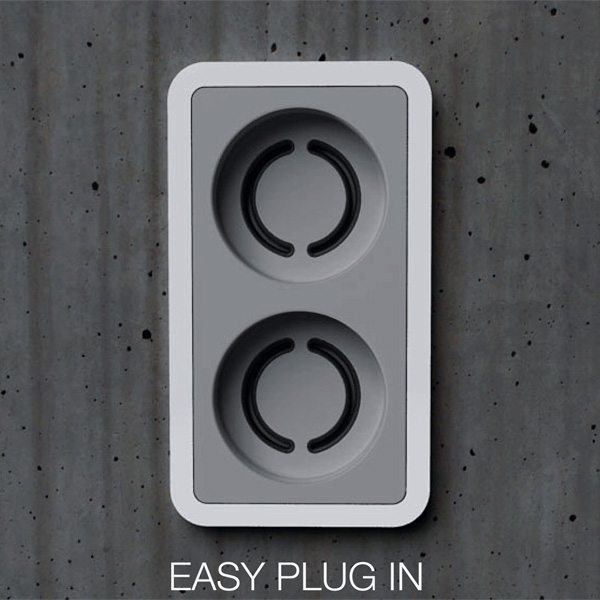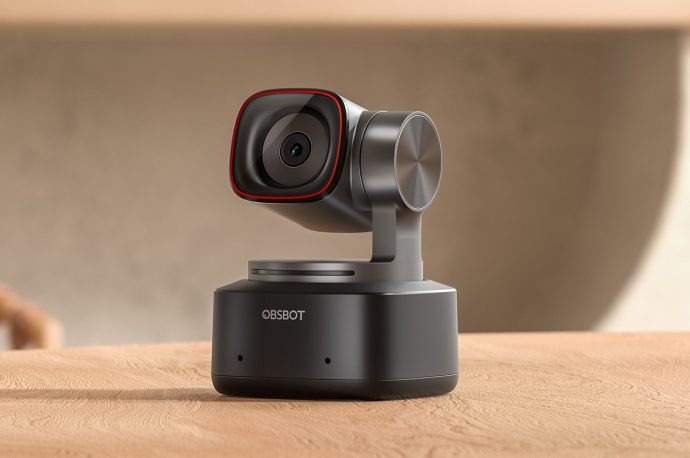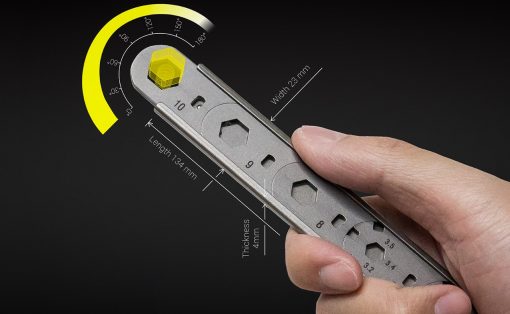Sometimes trying to plug a cord into a wall socket is like an adult version of that children’s toy where you have to match the shapes up to get them to fit. No, it shouldn’t be difficult but imagine what it’s like for the disabled and vision impaired. Baek Kil Hyun’s solution is modifying the traditional prongs into two half-hemspheric rings. Theoretically, this makes it much easier to use and actually slightly resembles the universal power icon.
Designer: Baek Kil Hyun








